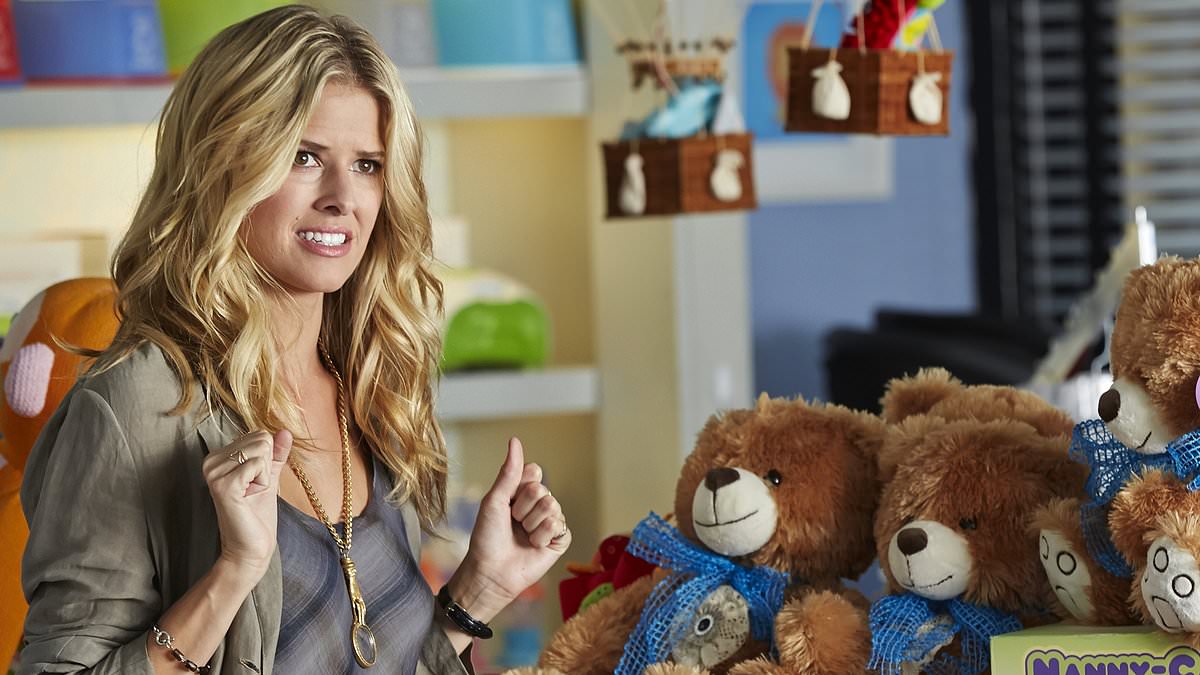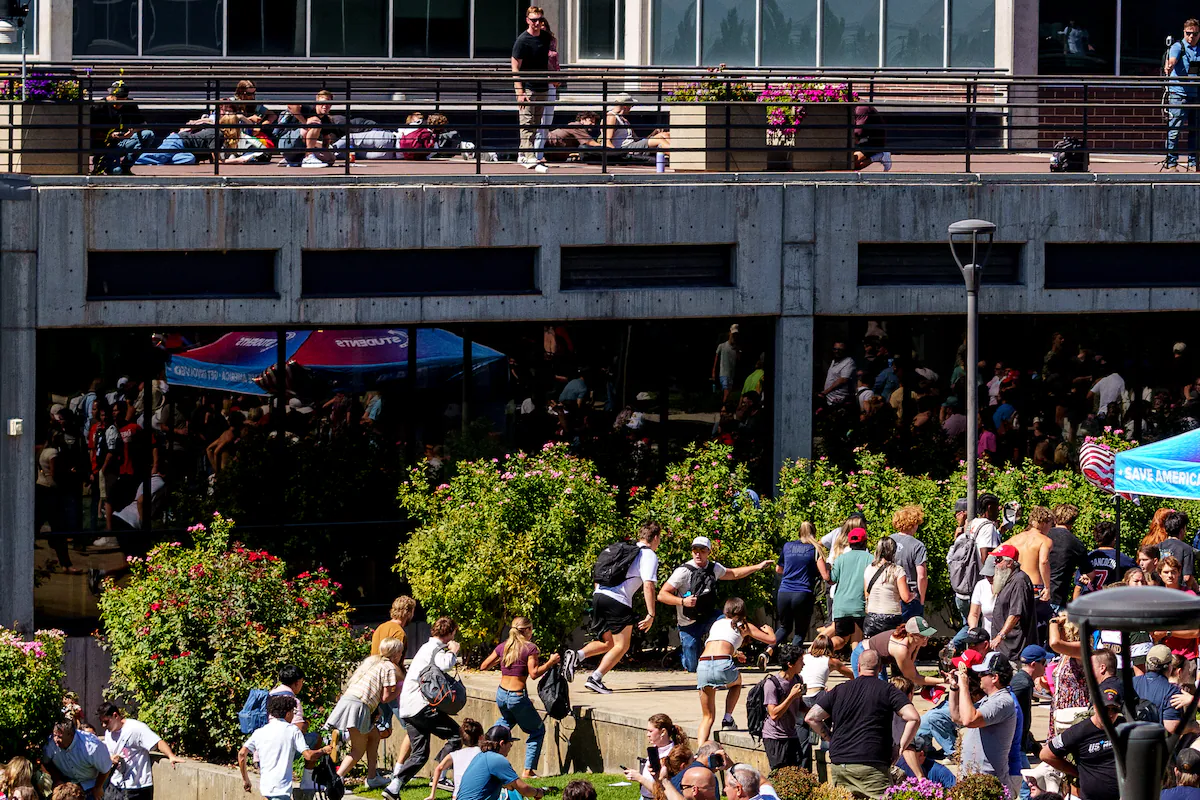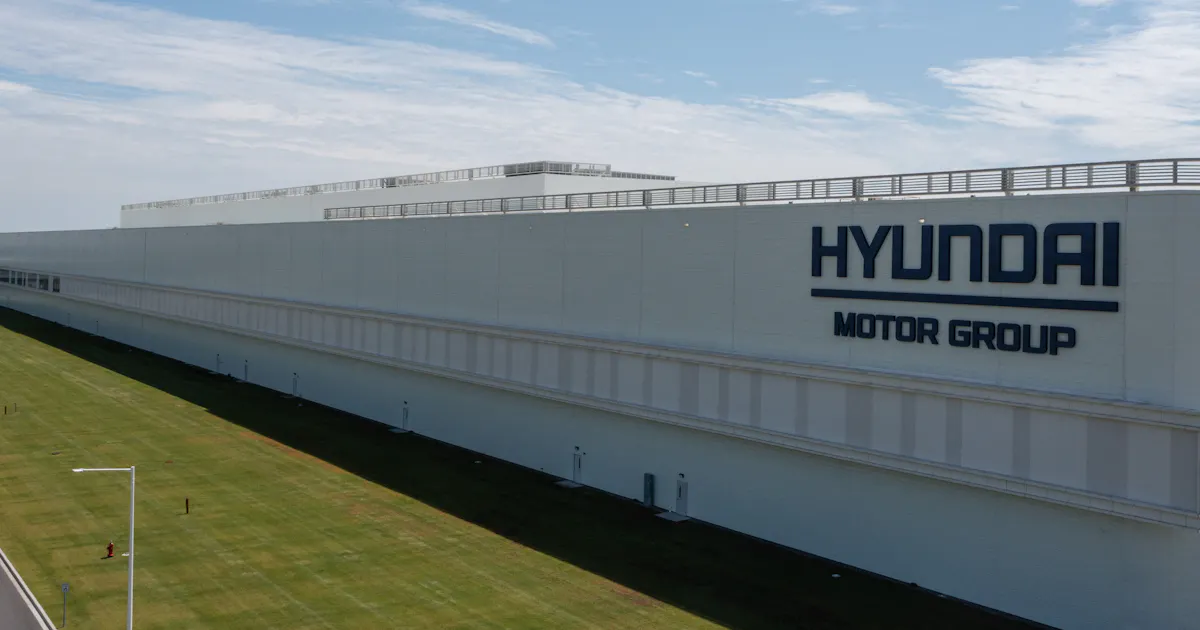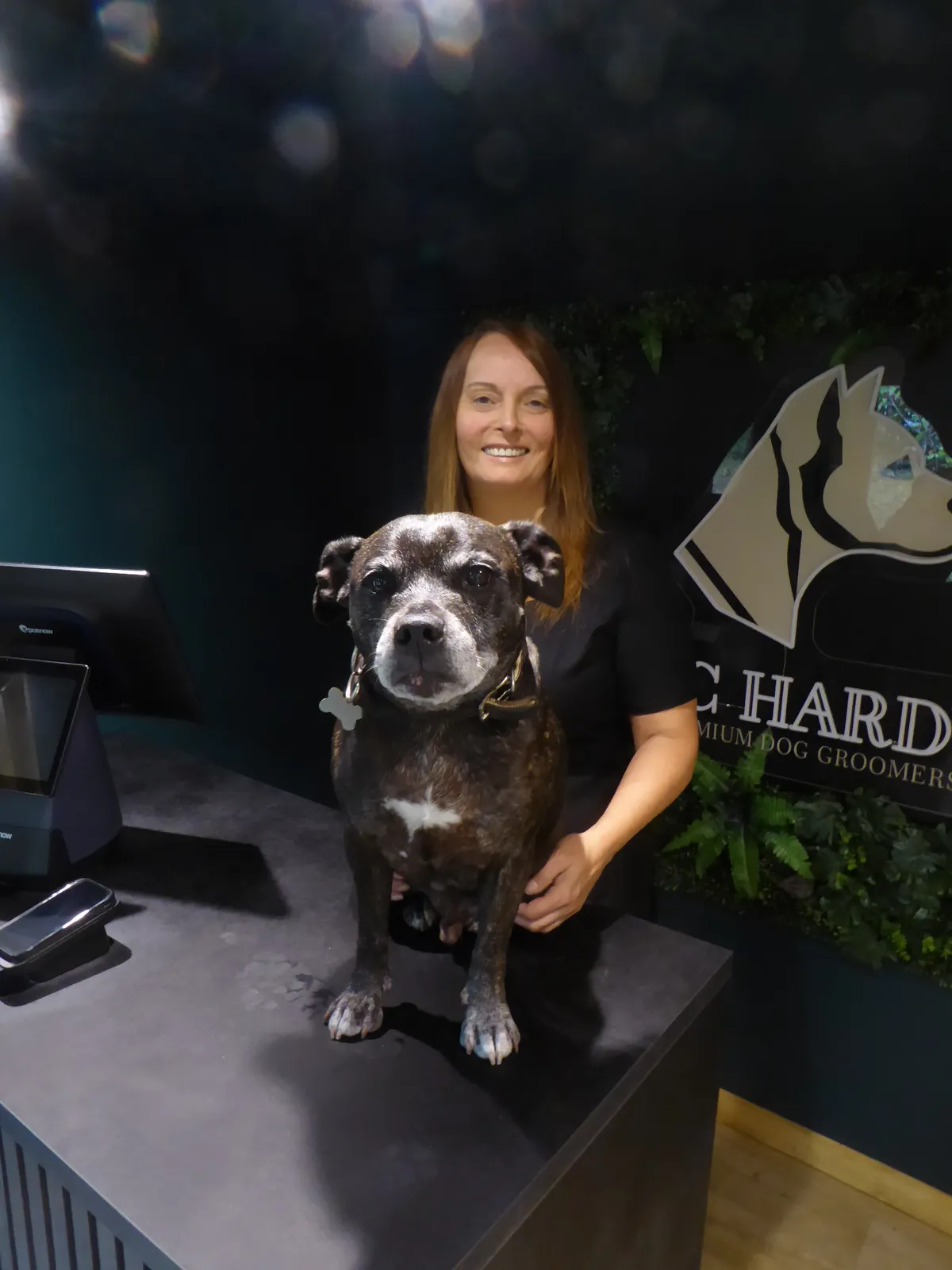By Editor,Martha Williams
Copyright dailymail

Toy shop becomes a huge success after targeting adults
READ MORE: East coasters ditch the Hamptons for a quaint summer alternative
By MARTHA WILLIAMS, US NEWS REPORTER
Published: 02:38 BST, 24 September 2025 | Updated: 02:49 BST, 24 September 2025
While businesses across the country struggle to survive amidst economic uncertainty, one surprising retailer is thriving.
Build-A-Bear Workshop, the iconic toy shop where customers can customize their own stuffed animals, has reported record revenue and growth in the past year.
In its second-quarter earnings report at the end of August, the retailer raised its outlook after successfully managing the impact of tariffs by boosting inventory early in the year, expecting prices to rise.
Build-A-Bear’s stock is up about 60 percent this year and is nearing a $1 billion market cap — a sharp contrast to other retailers still dealing with tariff-related losses.
Despite broader economic challenges, it reported record revenue for the first half of fiscal 2025, totaling $252.6 million — up nearly 12 percent from the same period last year.
CEO Sharon Price John told CNBC she credits the company’s success to its ability to effectively plan for all scenarios.
The company has recently focused on attracting adults by expanding its offerings and tapping into brand nostalgia.
‘Retail experience and personalization have been buzzwords for a long time. However, Build-A-Bear has lived these values for as long as it has been around,’ Neil Saunders, a retail expert at GlobalData, told the Daily Mail.
The iconic toy shop Build-A-Bear Workshop has reported record revenue and growth in the past year
The toy shop attributes its success to planning ahead in order to minimize the impact of President Donald Trump’s tariffs
‘These things have now come into their own and are one of the reasons why the chain continues to pull in shoppers and drive spend. The concept adds real value to both kids and their parents.’
He added: ‘There are smaller trends like the passion for collectibles and nostalgia, which are also helpful.’
Saunders also said honing in on young adults is a great business strategy: ‘Targeting younger adults makes a lot of sense as they have nostalgia for the brand and they also have a higher spending power – plus they are the parents of the future and this helps embed the brand.’
A recent survey conducted by Build-A-Bear found that 92 percent of adults still have their childhood teddy bears, and 100 percent of respondents said stuffed animals are for all ages, not just children.
Adults eager to revisit childhood memories at Build-A-Bear have returned to the toy shop in recent months.
TikToker Mereyah Cage uploaded a video in August of her trip to Build-A-Bear to celebrate her ‘twenty-something’ birthday.
She captioned her post ‘you’re never too old to play and pretend,’ and began the vlog by telling users ‘I’m on a mission to Y2K-ify my life.’
This is a sentiment shared by other adults who are visiting the bear-building factory to reminisce on their childhood.
Build-A-Bear is capitalizing on nostalgia to draw adult customers in to relive their childhood memories
Build-A-Bear has experimented with new experiences to appeal to a wider customer base, one of these was Build-A-Bear’s after dark collection (pictured)
Actor Jessica Howell also uploaded a TikTok of her trip to the toy shop, captioning the video: ‘Highly recommend celebrating your 29th birthday at Build-A-Bear.’
Build-A-Bear encouraged adults to visit the shop on their birthday in a TikTok video captioned, ‘It doesn’t matter your age — we’re singing Happy Birthday to you in front of everyone!’
The toy company has even tried to appeal to adults with certain collections, including an ‘after dark’ teddy bear line, marketed as: ‘a curated collection designed exclusively for adults who appreciate a little humor, a touch of sass, or something surprisingly unique!’
University of Pennsylvania marketing professor Americus Reed told CNBC that nostalgia is a huge factor driving Build-A-Bear sales.
‘If we learn anything from the Cracker Barrel saga,’ Reed said, referring to the backlash over the restaurant chain’s attempt at a rebrand, ‘it is that nostalgia matters, and I think it’s a big part of it.’
The toy shop’s success is unprecedented, as similar shops are enduring a so-called ‘retail apocalypse’.
Malls all over the US are suffering from less foot traffic and conservative consumer spending habits.
The company has been exploring new ways to offer its unique experience in different ways, which has included expanding internationally and creating a line of ‘Mini Beans’, which are smaller, pre-stuffed toys.
Neil Saunders (pictured), a retail expert at GlobalData, explained that smaller trends like the passion for collectibles and nostalgia have helped Build-A-Bear succeed
Mall favorite gets a $663 million lifeline… and might be owned by same company as Toys R Us
Build-A-Bear was founded by Maxine Clark and first opened its doors to the public in 1991 in St Louis, MO.
The company opened its first international franchise in 2003 in England, and Clark took Build-A-Bear public in 2004.
Sharon Price John has been the president and CEO since 2013.
‘It’s a really emotional, memorable experience that creates a tremendous amount of of equity,’ John told CNBC. ‘Those strong feelings that consumers have for brands are very stretchable beyond just that one experience.’
John said the company planned ahead to minimize the impact that President Donald Trump’s tariffs would have on business, especially given that they import a ‘vast majority’ of products from China.
‘Success isn’t an accident, and it often takes years of planning to be able to weather difficult situations,’ John said.
Some brands that have suffered amidst economic turmoil include accessories retailer Claire’s, which filed for bankruptcy in August, and clothes store Forever 21, which has filed for bankruptcy twice in five years.
Another major toy shop has not fared as well as Build-A-Bear.
In March 2018, Toys ‘R’ Us announced that it would be closing almost all of its 800 US stores after the store filed for bankruptcy in September 2017.
The toy shop has since opened several flagship stores, seasonal pop-ups and smaller stores within Macy’s locations.
Share or comment on this article:
Toy shop becomes a huge success after targeting adults
Add comment



